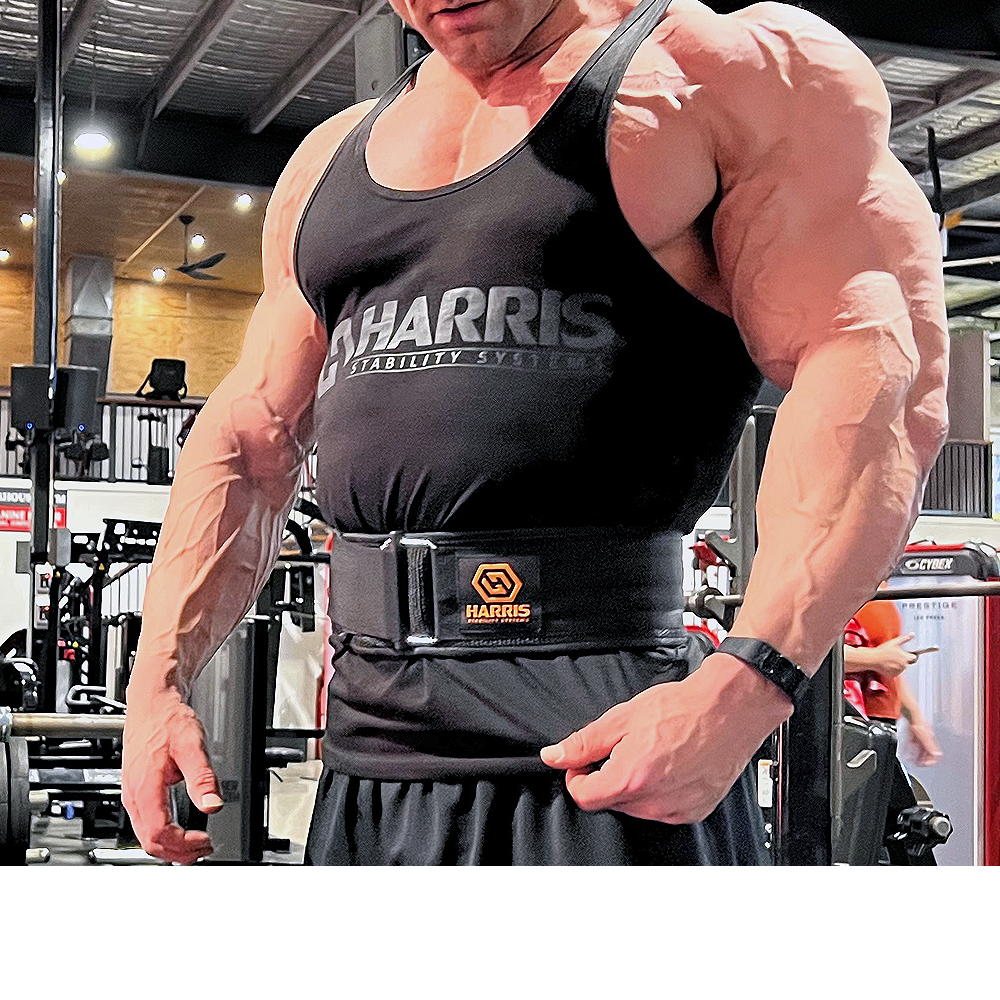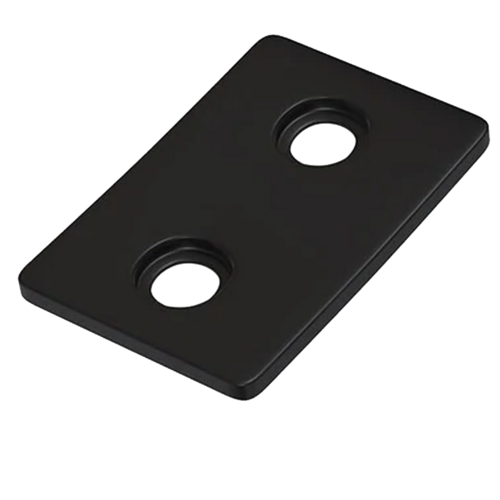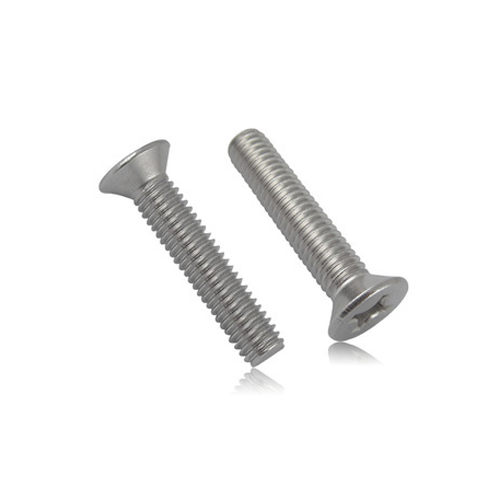Product Reviews
Harris Wins Again
Own three Harris belts now. This one is my favorite skull graphic is wild.
Skull Vibes Only
This belt means business. Style, support, and serious quality.
Worth Every Dollar
Wasn’t sure at first, but after two sessions, I’m never going back.
Love the Look
Design stands out and it performs just as well as it looks.
Lifts Feel Easier
Amazing how much support this belt gives. Lift feels more natural and safe.
Clean Skull Design
The detail is wicked. Definitely not something you see every day.
Pure Stability
Held tight at 205kg squat felt completely secure
Makes Me Feel Like a Beast
Confidence boost + actual results. This belt delivers on every front.
Just WOW
The lever is smooth, and the fit is exact. Love everything about it.
Legit Belt
This isn’t just some gimmick with a cool print it’s real serious kit.
Lifting Belts
Sale
Lifting Belts: Enhance Your Strength and Stability at the Gym
Looking to take your weightlifting or powerlifting game to the next level? A lifting belt might be just what you need! Lifting belts, also known as weightlifting belts, weight lifting belts, or gym belts, are essential accessories designed to support your core and lower back during intense lifts. They are widely used by fitness enthusiasts, athletes, and powerlifters to improve performance and prevent injuries.
What does a lifting belt do?
A lifting belt provides valuable support and stability to your lower back and abdominal muscles, allowing you to generate more intra-abdominal pressure. This pressure not only protects your spine during heavy lifts, such as squats and deadlifts but also enhances your overall lifting capacity. By creating a stable base, lifting belts help you maintain proper form and reduce the risk of strains and sprains.
Do you really need a lifting belt?
While lifting belts can be incredibly beneficial for serious lifters, their usage might not be necessary for everyone. Beginners and those engaging in light to moderate lifts may not require a belt initially. However, as you progress and start handling heavier loads, a lifting belt becomes an invaluable tool to protect your back and boost your strength gains.
When should I start wearing a lifting belt?
The ideal time to start using a lifting belt is when you begin lifting heavier weights, typically around 70-80% of your one-repetition maximum (1RM). At this point, your core and lower back will benefit from the added support, helping you maintain proper form and prevent potential injuries during intense workouts.
Should you squat without a belt?
Squatting without a belt can be appropriate for lighter sets and warm-up exercises. It allows your core muscles to engage more and develop strength. However, as the weights increase, incorporating a lifting belt becomes advantageous to maintain stability and protect your back under heavy loads.
If you're serious about your gains and long-term lifting journey, consider investing in a quality lifting belt. You'll find a range of options, including powerlifting belts and lever belts, designed to suit your specific needs.
So, whether you're a powerlifting enthusiast, a seasoned weightlifter, or simply looking to add an extra layer of safety to your gym routine, lifting belts are a smart choice. Don't miss out on the chance to boost your performance and protect yourself from potential injuries - grab your lifting belt today!

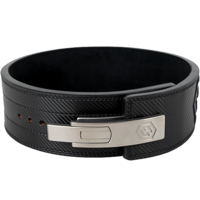

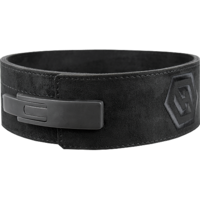

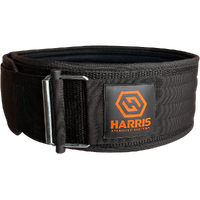
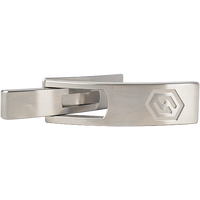




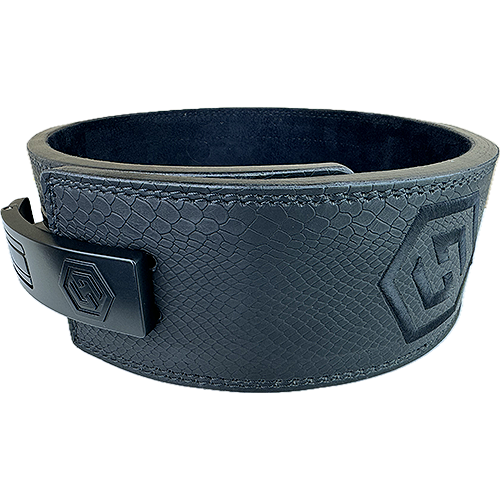
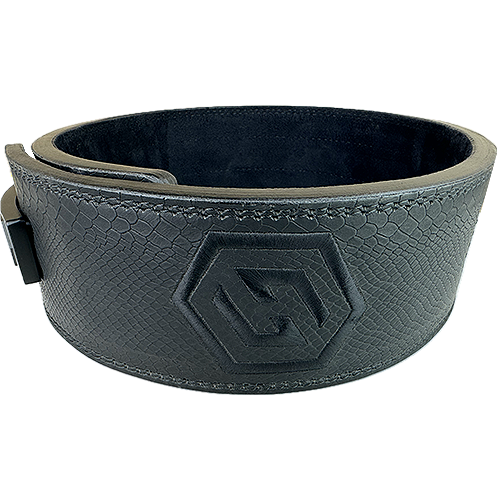
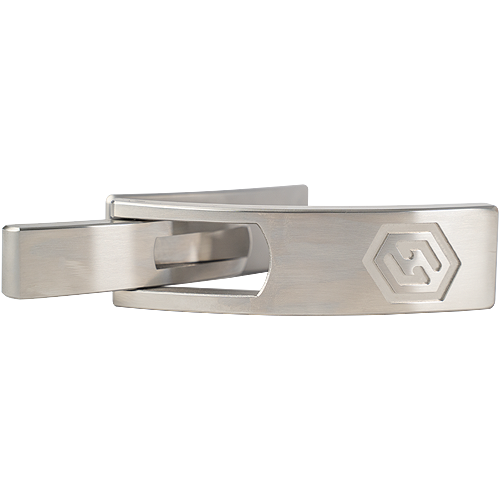

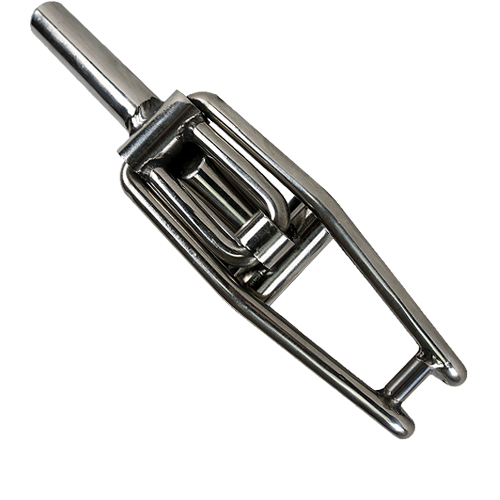

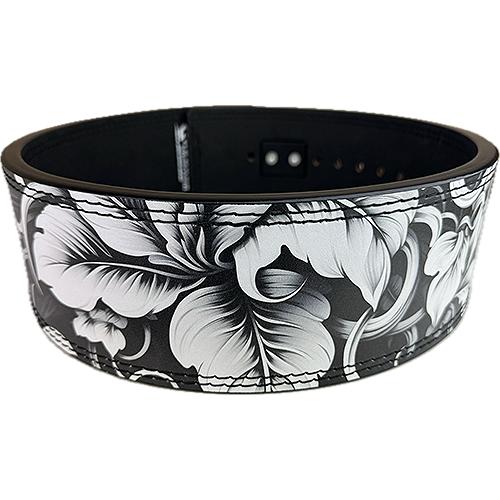
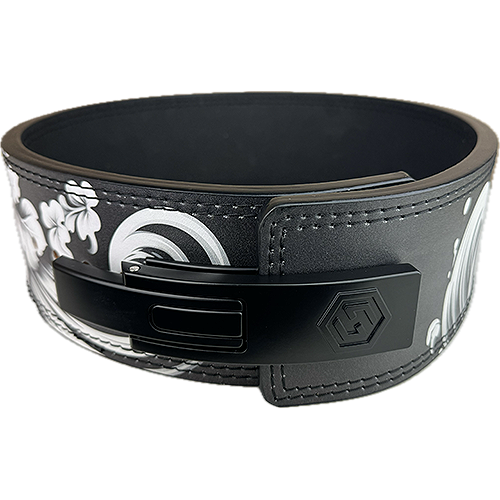
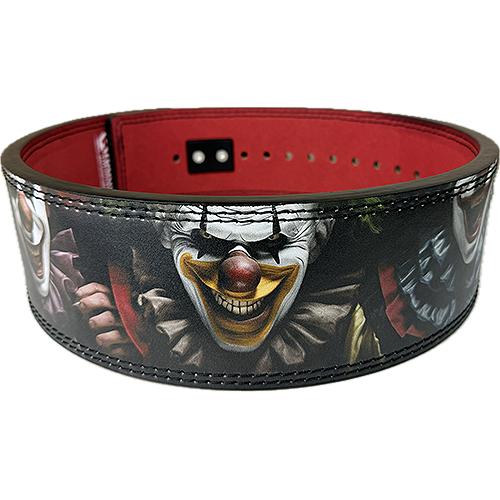
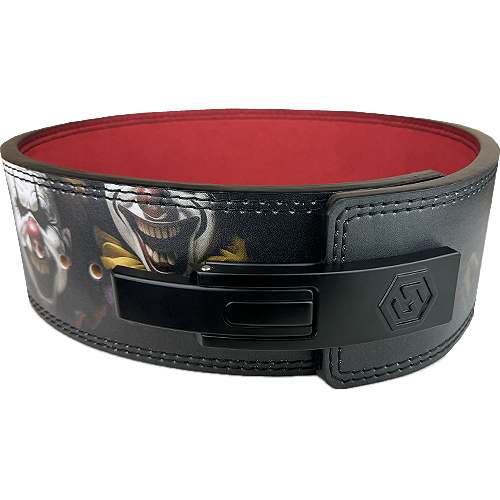
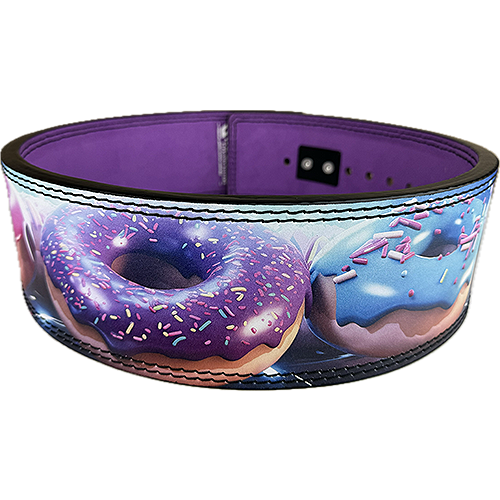
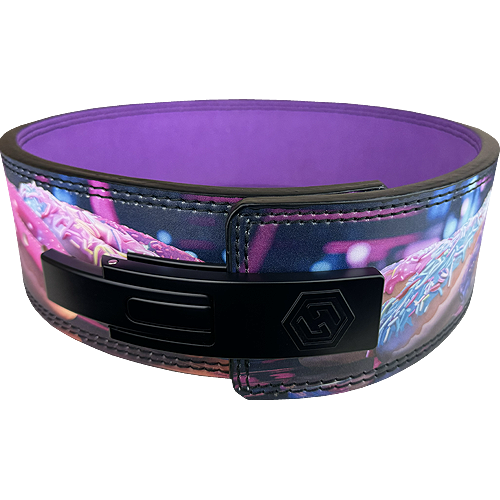

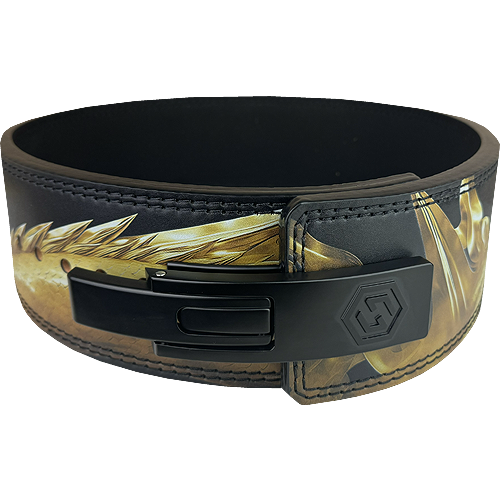
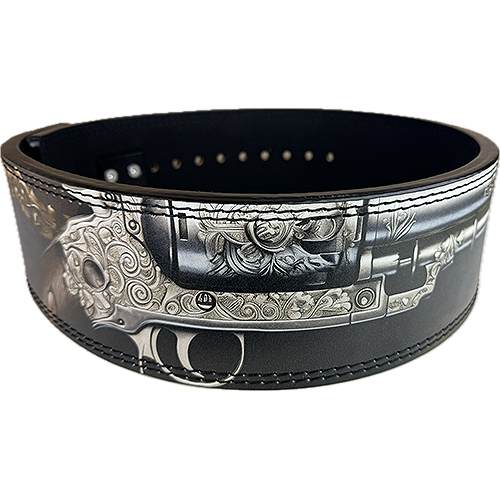
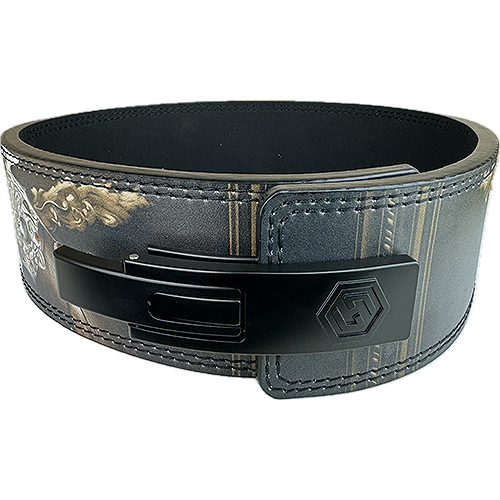

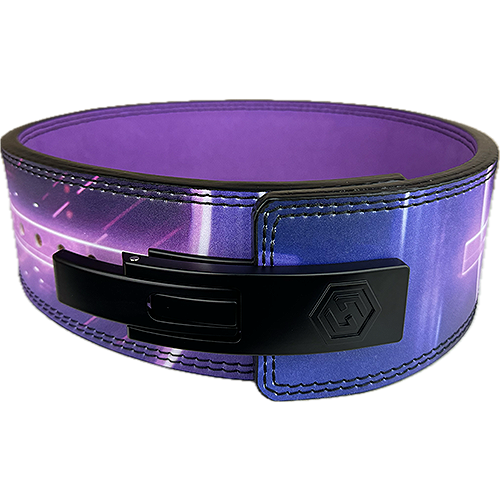

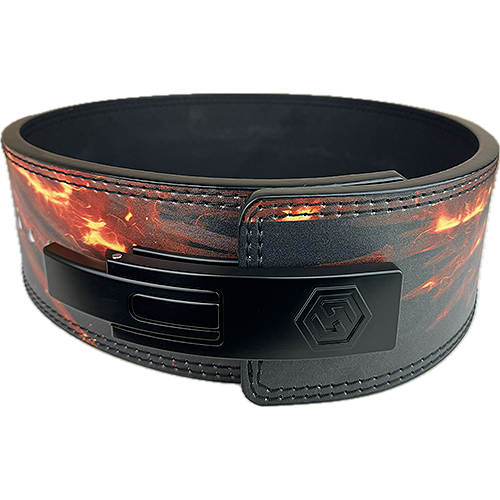
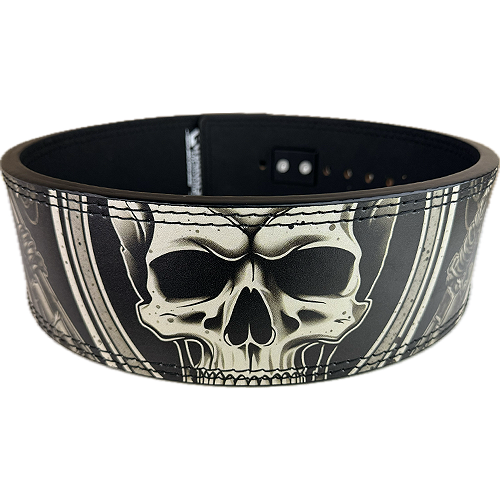
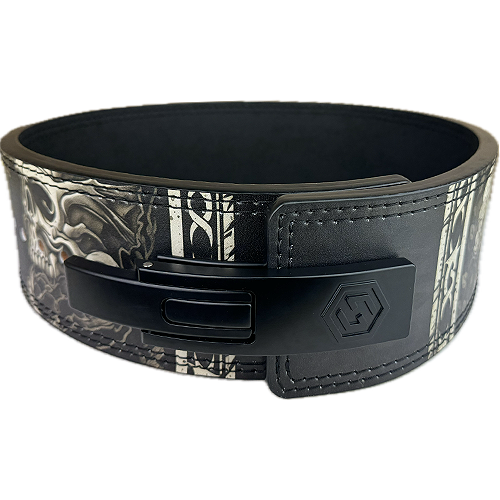
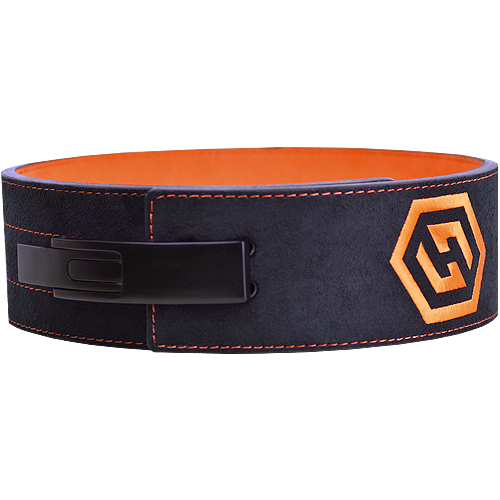
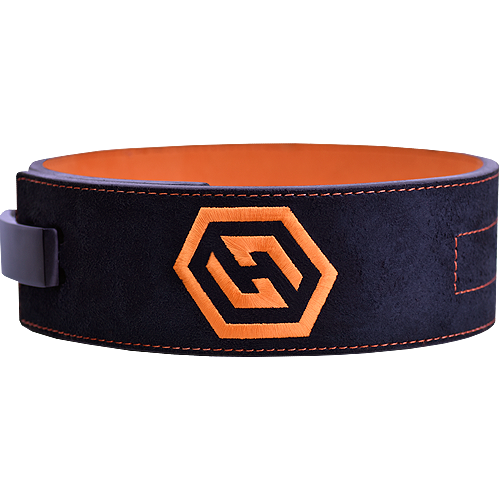
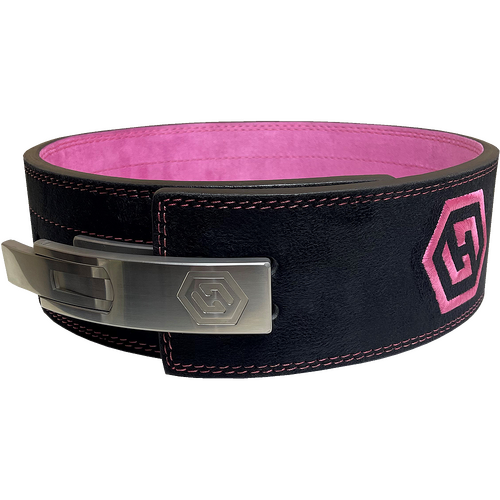
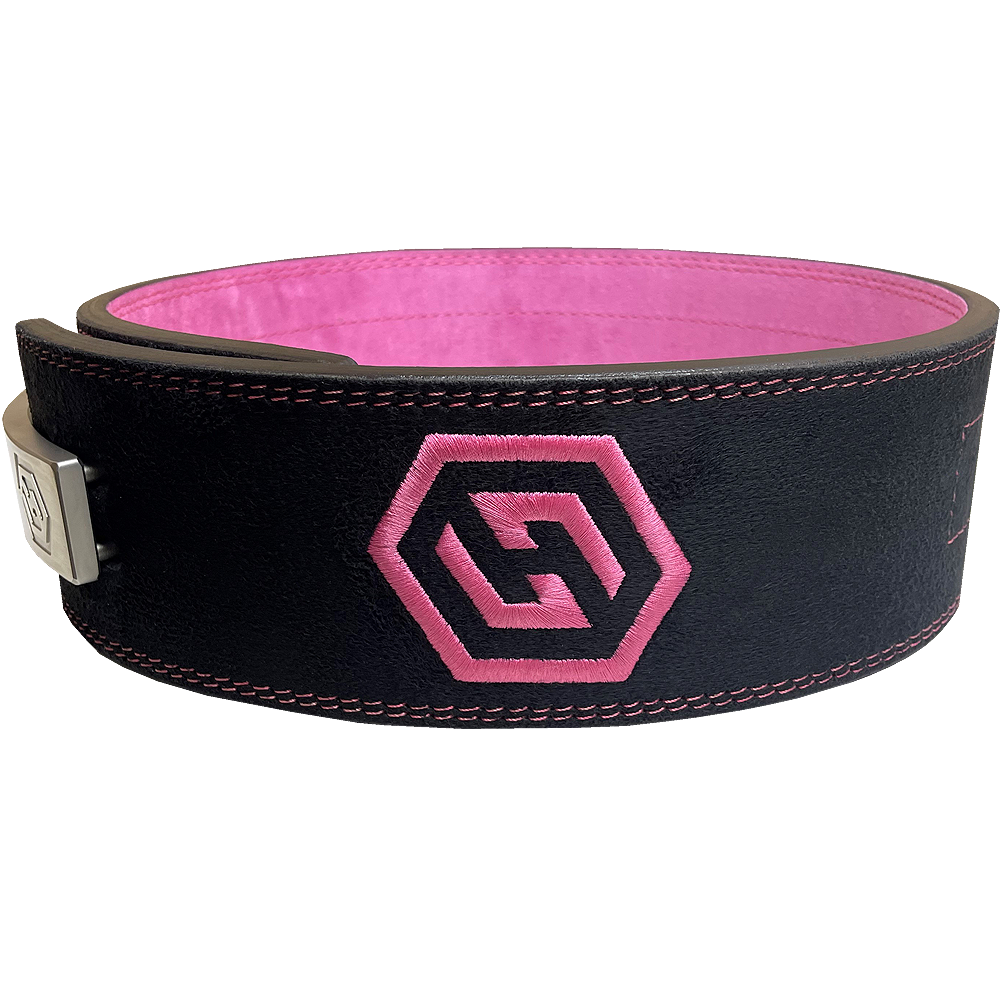



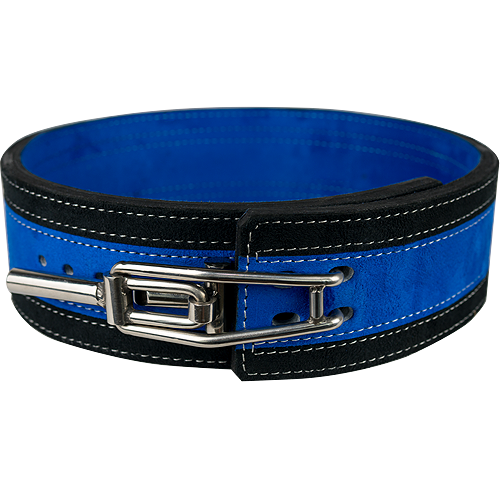
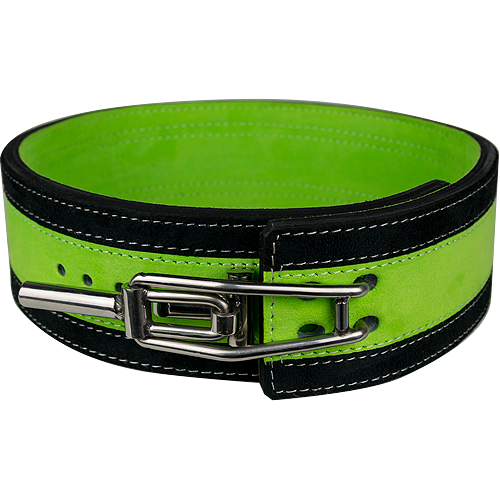

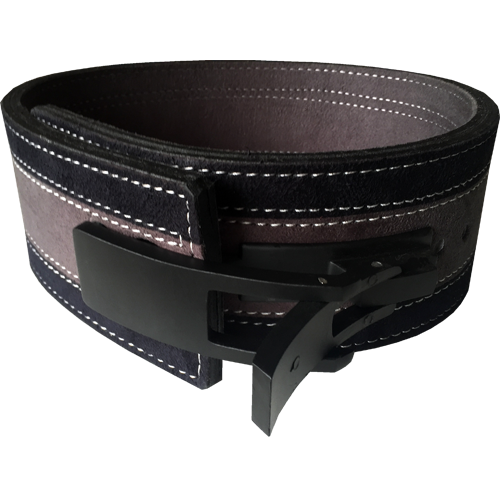
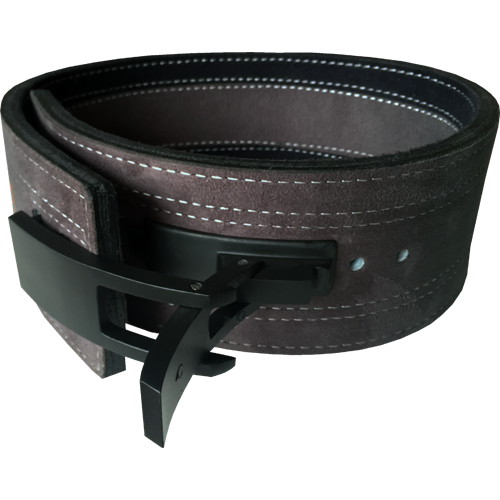

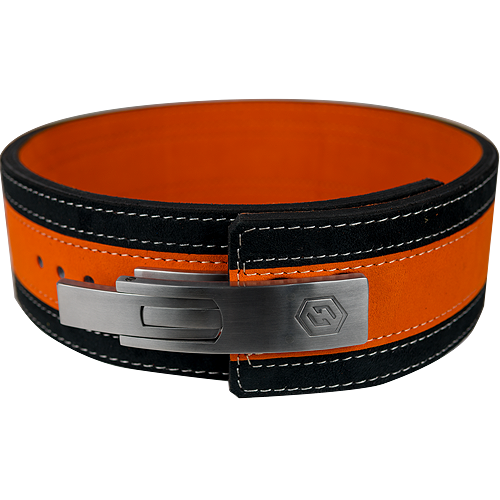
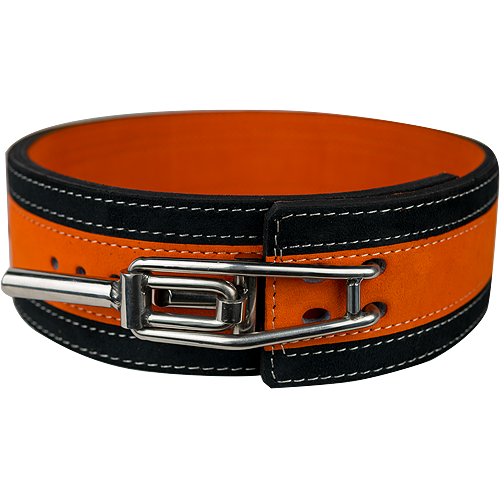
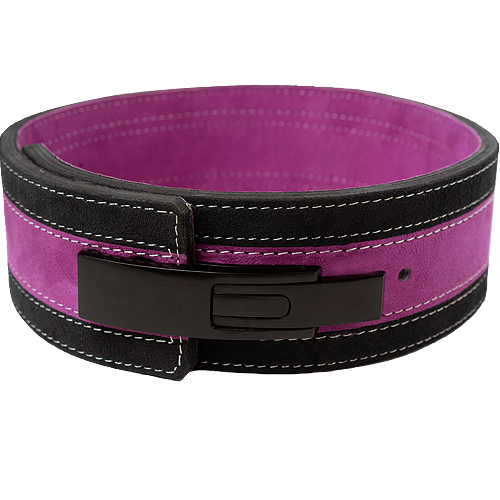
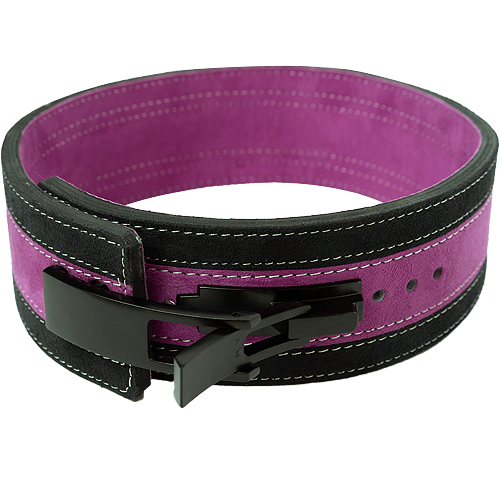
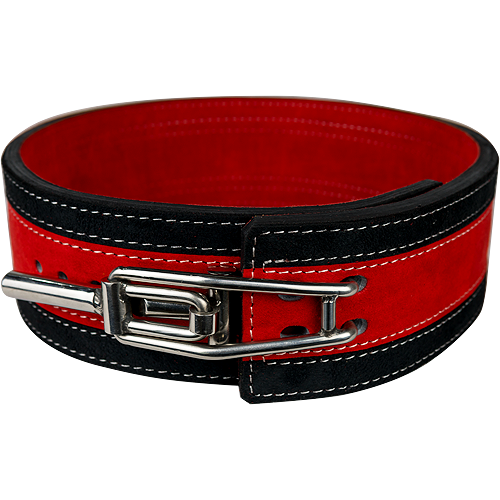
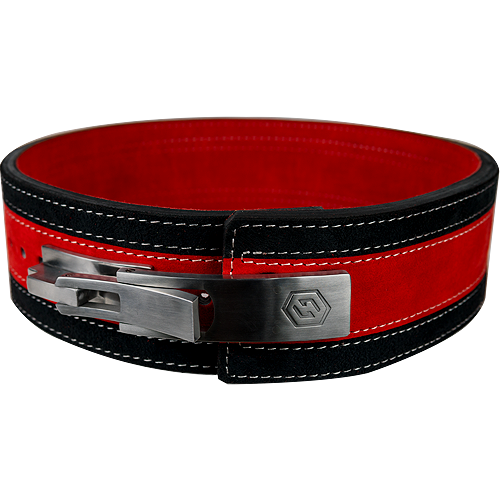
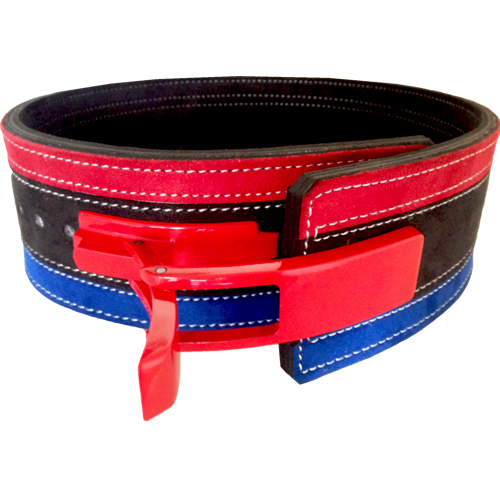
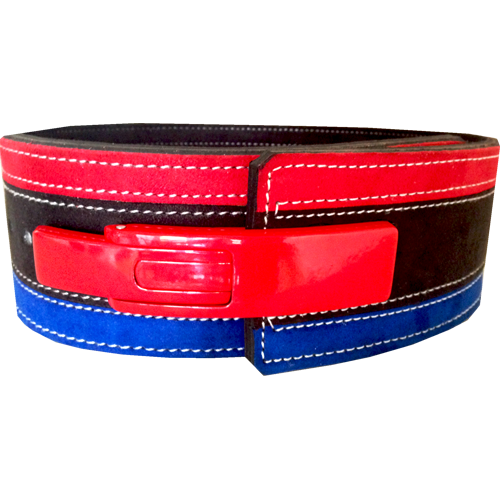
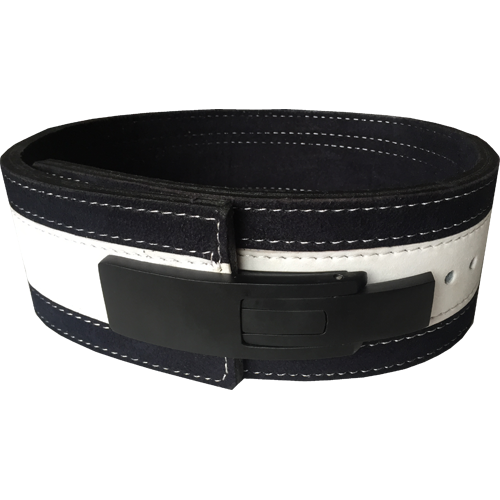


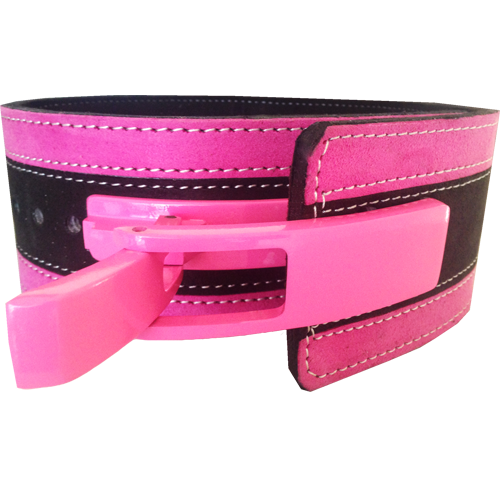
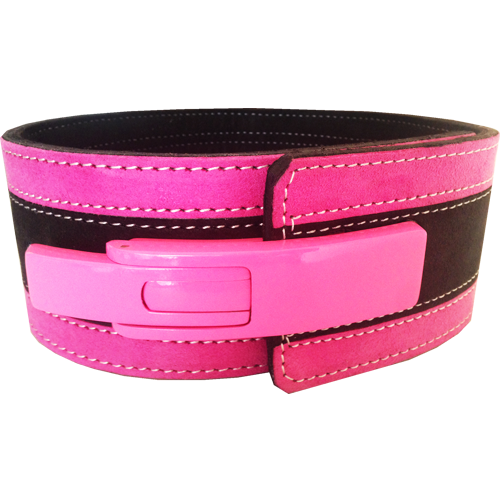


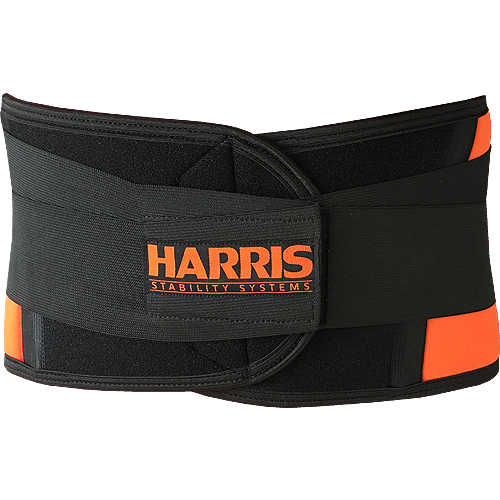

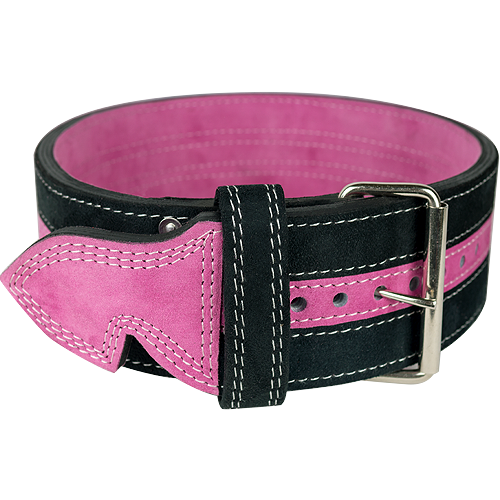
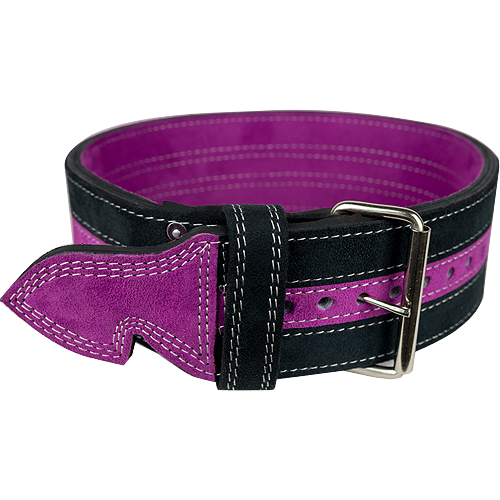
![Premium Lever [Colour Black]](/assets/thumbL/BL_P_BLK.png?20240806114255)
![Premium Lever [Colour Black]](/assets/alt_1/BL_P_BLK.png?20240409164720)
![Heavy Duty Lever [Colour Chrome]](/assets/thumbL/BL_HD_CHR.png?20200703030524)
![Heavy Duty Lever [Colour Pink]](/assets/thumbL/BL_HD_PNK.png?20200703030524)

